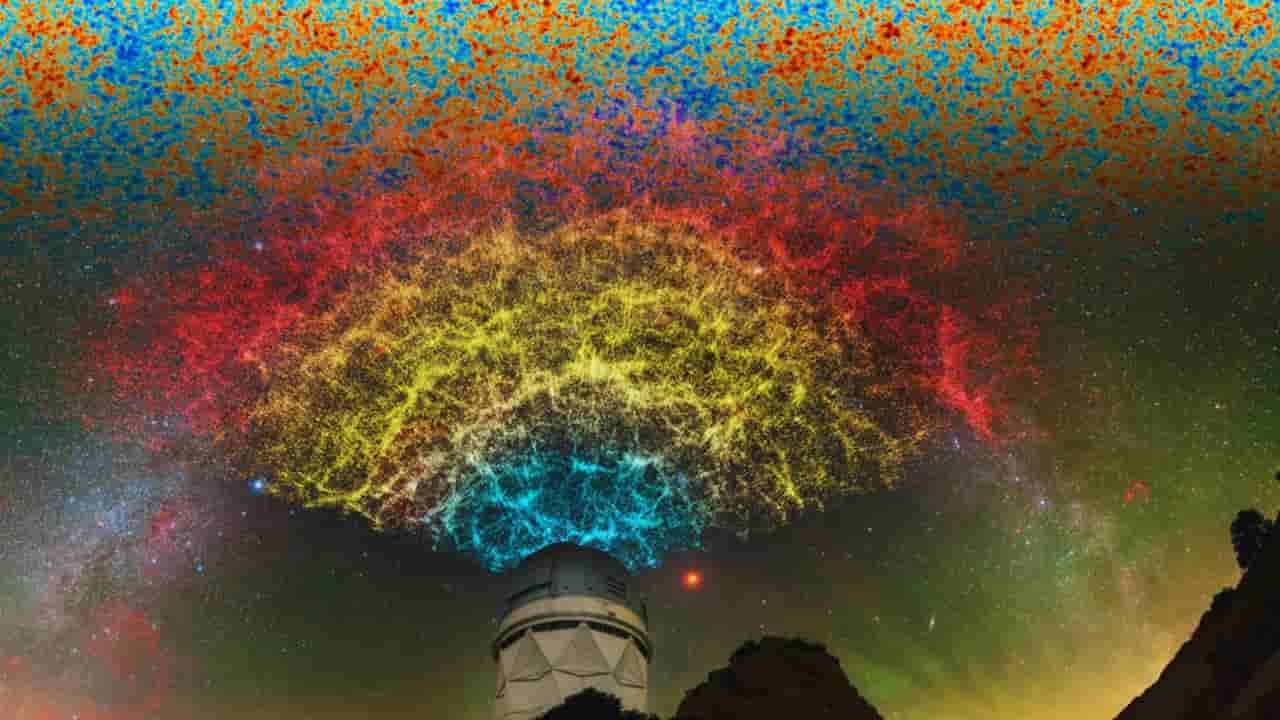Einstein’s Theory Triumphs Again: Largest-Ever Universe Map Validates General Relativity
In a groundbreaking scientific achievement, Albert Einstein’s theory of general relativity has once again proven its remarkable accuracy—this time on an unprecedented cosmic scale.
The Dark Energy Spectroscopic Instrument (DESI) has provided compelling evidence supporting Einstein’s century-old predictions about gravity, using observations spanning an astounding 11 billion years of cosmic evolution.
Mounted on Arizona’s Nicholas U. Mayall 4-meter Telescope, DESI has mapped nearly 6 million galaxies and quasars, making it the largest survey of our universe ever conducted. This powerful instrument, equipped with 5,000 robotic eyes, is now in its fourth year of a five-year mission that will eventually observe roughly 40 million celestial objects.
Dr. Pauline Zarrouk, a cosmologist at the French National Center for Scientific Research (CNRS), explains, “So far, we’re lining up with what general relativity predicts at cosmological scales.”
The findings have significant implications for our understanding of the universe’s mysterious components. Dark matter and dark energy, which together make up about 95% of the universe’s contents, remain one of astronomy’s biggest puzzles.
While general relativity can’t fully explain these cosmic mysteries, the new DESI results help validate the leading Lambda Cold Dark Matter (LCDM) model while casting doubt on some alternative theories of gravity.
The research team carried out a “full shape analysis,” scrutinizing the distribution of galaxies and matter across various scales in space. Dr. Dragan Huterer from the University of Michigan describes the results as “spectacular,” noting that this is the first time DESI has examined the growth of cosmic structure at such a scale.
In an unexpected bonus, the DESI findings have also helped scientists narrow down the mass range of neutrinos—often called “ghost particles” because they pass through normal matter almost without a trace.
Trillions of these nearly massless particles stream through Earth every second, and while previous experiments set their lower mass limit, DESI has now helped establish an upper boundary.
Looking ahead, researchers expect even more revelations when DESI releases its second- and third-year results in Spring 2025. Mark Maus, a PhD student at Berkeley Lab and UC Berkeley, captures the excitement surrounding this project: “The idea that we can take pictures of the universe and tackle these big, fundamental questions is mind-blowing.”
The implications of these findings extend beyond just proving Einstein right. They offer new insights into the evolution of our universe and might help resolve ongoing debates about the universe’s expansion rate at different stages of its life.
While some mysteries remain, including the true nature of dark energy and its possible evolution over time, this massive cosmic survey has brought us one step closer to understanding the fundamental laws that govern our universe.
This groundbreaking research demonstrates that even after more than a century, Einstein’s insights continue to illuminate our understanding of the cosmos, from the smallest scales to the vast expanses of space-time. As DESI continues its survey of the heavens, who knows what other cosmic secrets it might unveil?
